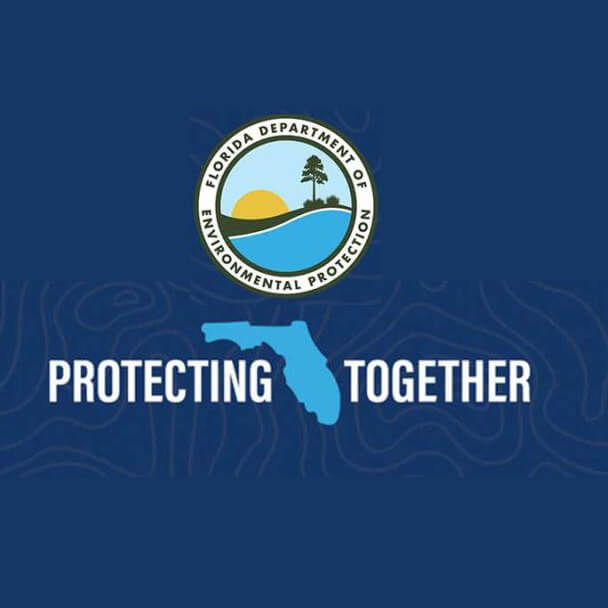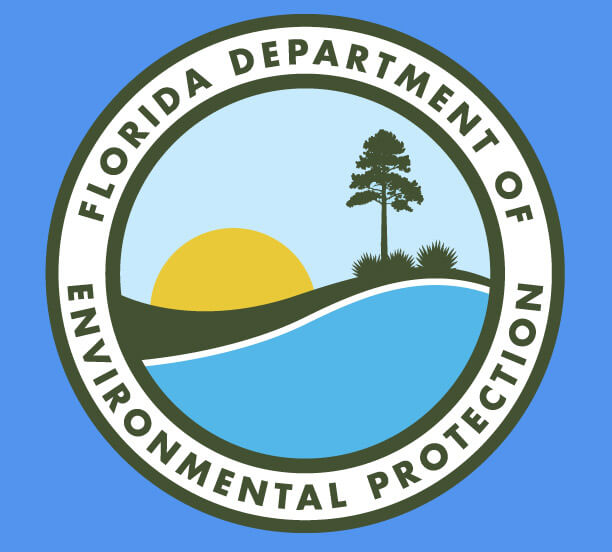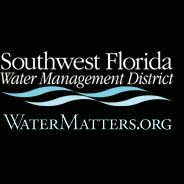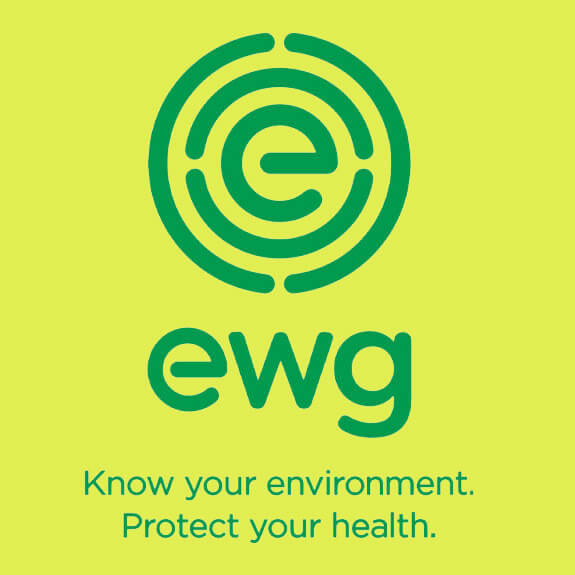Water Quality Analysis in Florida: Essential Tools and Methods
Ensuring the quality of Florida's water supply is a multifaceted process that relies on rigorous analysis using state-of-the-art tools and methods. This article provides a factual exploration of the essential tools and methods employed in water quality analysis throughout the state, emphasizing the importance of accurate and reliable data in safeguarding public health and environmental integrity.
1. Laboratory Analysis
Central to water quality analysis in Florida is the use of laboratories equipped with advanced analytical instruments. These laboratories conduct comprehensive tests to assess the chemical, physical, and biological characteristics of water samples. Common parameters analyzed include nutrient levels, heavy metals, microbial contaminants, pH, and turbidity.
Modern laboratories utilize techniques such as spectroscopy, chromatography, and polymerase chain reaction (PCR) for accurate and high-throughput analysis. The results obtained from laboratory analysis form the basis for regulatory compliance, research studies, and the development of water quality management strategies.
2. In-Situ Monitoring
In-situ monitoring involves real-time analysis of water parameters directly at the sampling site. Portable and automated instruments are deployed to measure key indicators without the need for sample transportation to a laboratory. Parameters such as dissolved oxygen, conductivity, and temperature can be monitored in real time, providing immediate insights into water quality conditions.
Advanced in-situ monitoring tools often include sensors and probes that can be deployed in various aquatic environments, from rivers and lakes to coastal waters. These tools enable continuous monitoring, offering a dynamic understanding of water quality variations over time and space.
3. Remote Sensing Technologies
Remote sensing technologies, such as satellite and aerial imagery, play a crucial role in monitoring large-scale water bodies in Florida. These technologies provide a macroscopic view of water quality indicators, including water clarity, algal blooms, and nutrient concentrations. Remote sensing allows for the identification of trends and potential issues over expansive areas.
Satellite-based sensors, equipped with multispectral capabilities, capture data in various wavelengths, enabling the detection of specific water quality parameters. The integration of remote sensing into water quality analysis enhances the overall monitoring and management of Florida's diverse aquatic ecosystems.
4. Biological Monitoring
Biological monitoring, often referred to as biomonitoring, assesses the health of aquatic ecosystems by studying the presence and abundance of living organisms. Macroinvertebrates, algae, and fish are commonly used as bioindicators to evaluate water quality conditions. Changes in the composition and diversity of these organisms can indicate the impact of contaminants or changes in habitat conditions.
Biological monitoring is a valuable complement to chemical and physical analyses, providing a holistic understanding of ecosystem health. This approach is particularly relevant in assessing the long-term impact of pollutants and the effectiveness of conservation and restoration efforts.
5. Nutrient Monitoring and Modeling
Nutrient monitoring focuses on the analysis of nitrogen and phosphorus levels in water, crucial parameters in preventing nutrient pollution and harmful algal blooms (HABs). Nutrient modeling utilizes mathematical models to simulate nutrient dynamics, predict future trends, and assess the effectiveness of nutrient management strategies.
Continuous monitoring of nutrient levels is essential in Florida, where nutrient pollution can lead to ecological imbalances and impact both surface water and groundwater quality. The integration of monitoring and modeling helps refine nutrient management practices and protect sensitive ecosystems, including springs, rivers, and coastal waters.
6. Geospatial Analysis
Geospatial analysis involves the use of geographic information systems (GIS) to visualize and analyze spatial relationships in water quality data. GIS allows researchers and policymakers to map water quality parameters, identify trends, and make informed decisions related to resource management and environmental protection.
By overlaying water quality data with geographical features, such as land use and hydrological characteristics, geospatial analysis enhances the understanding of the factors influencing water quality. This approach supports targeted interventions and the development of site-specific management practices.
7. Citizen Science and Public Engagement
Citizen science initiatives involve the active participation of the public in water quality monitoring. Individuals, community groups, and schools can contribute data through simple water testing kits and observation programs. While not a substitute for professional monitoring, citizen science enhances spatial coverage and engages the public in environmental stewardship.
Public engagement fosters awareness of water quality issues and encourages collaboration between communities and regulatory bodies. It also provides an additional layer of monitoring that supplements official efforts, contributing to a more comprehensive understanding of water quality across Florida.
Conclusion
Water quality analysis in Florida relies on a diverse array of tools and methods, each serving a unique purpose in assessing and managing the state's water resources. The integration of laboratory analysis, in-situ monitoring, remote sensing, biological assessments, nutrient modeling, geospatial analysis, and citizen science creates a robust framework for understanding and protecting Florida's water quality.
As technology continues to advance, and environmental challenges evolve, the adoption of innovative tools and methods remains crucial. The collaborative efforts of scientists, regulators, communities, and individuals contribute to the ongoing preservation of Florida's water quality, ensuring the sustainability of this vital resource for current and future generations.





